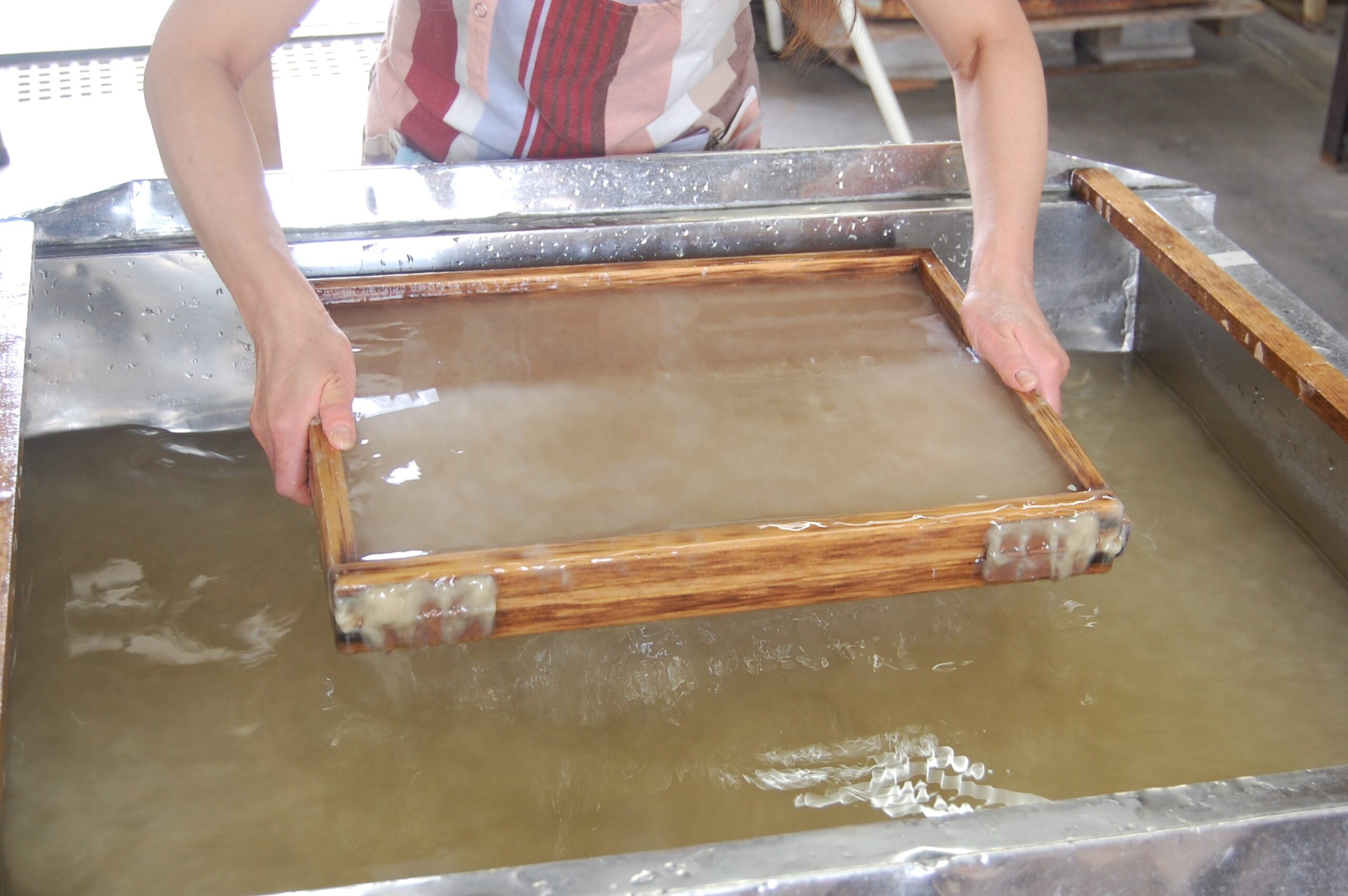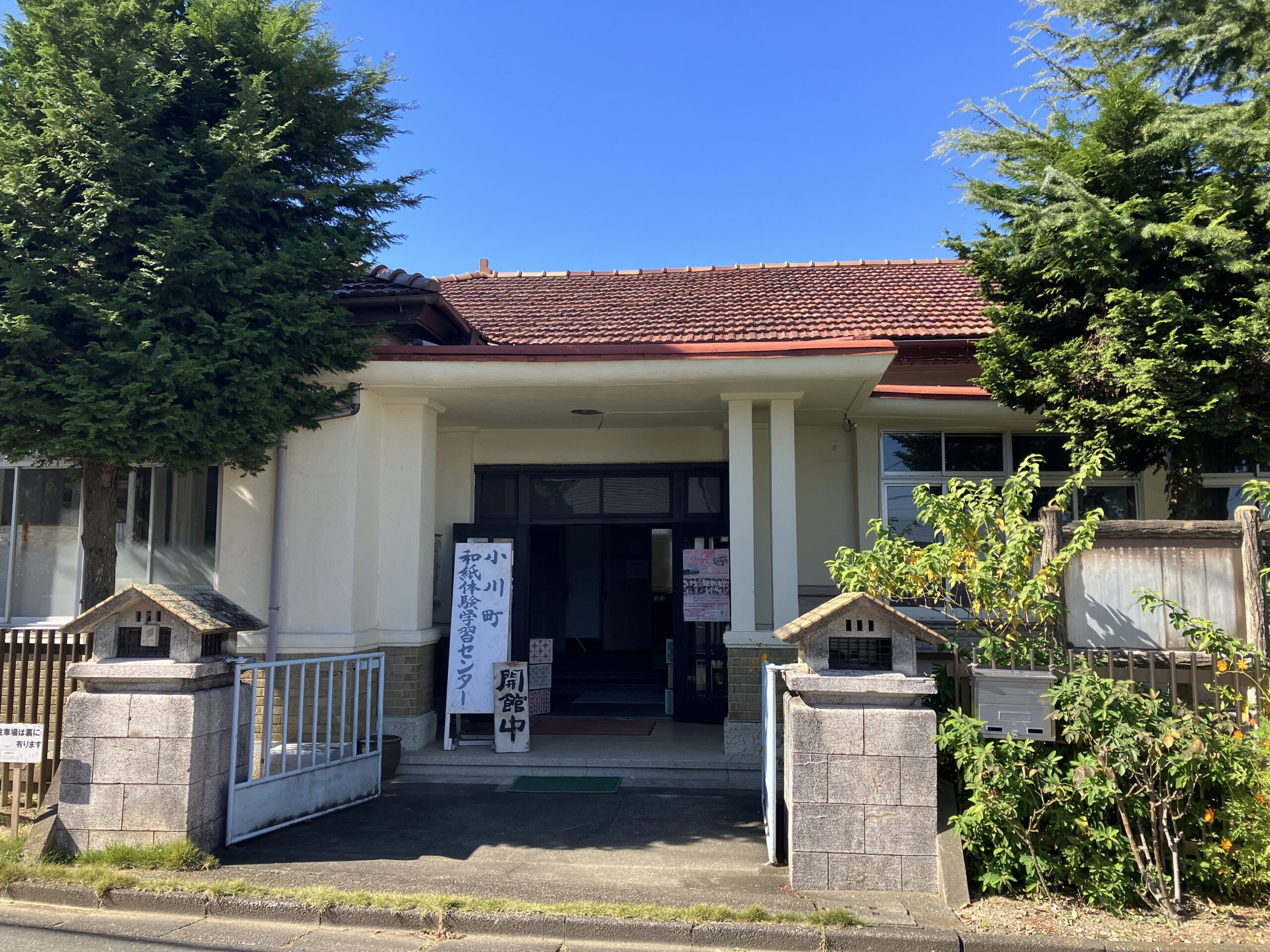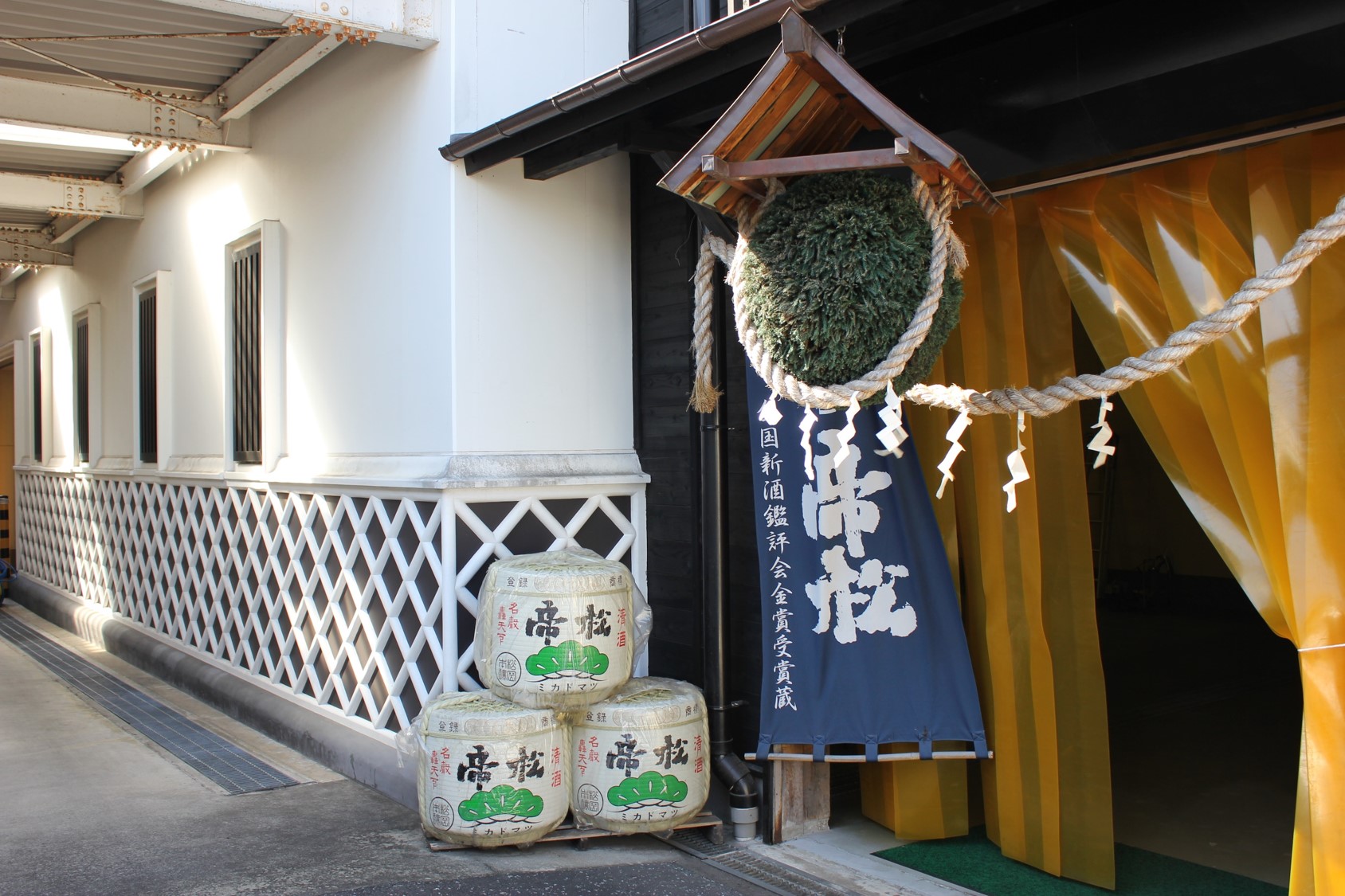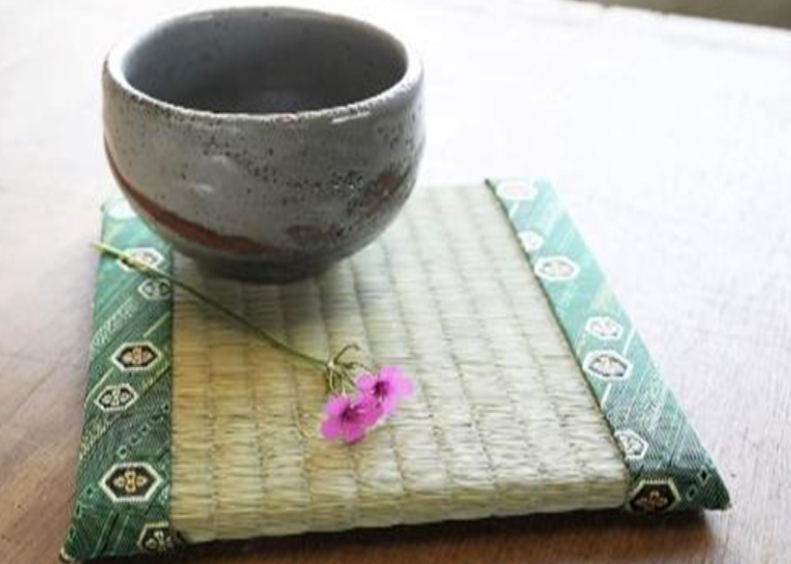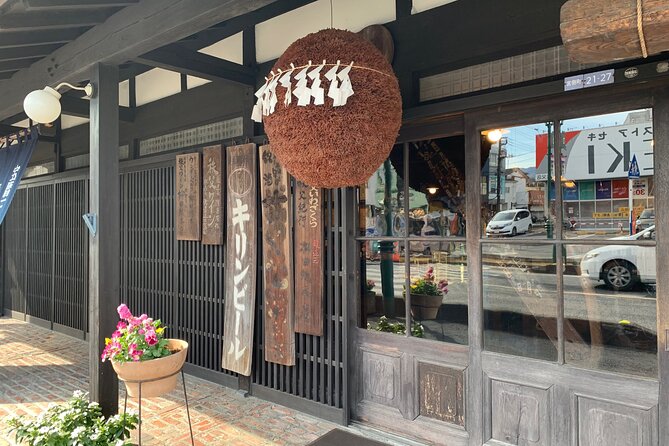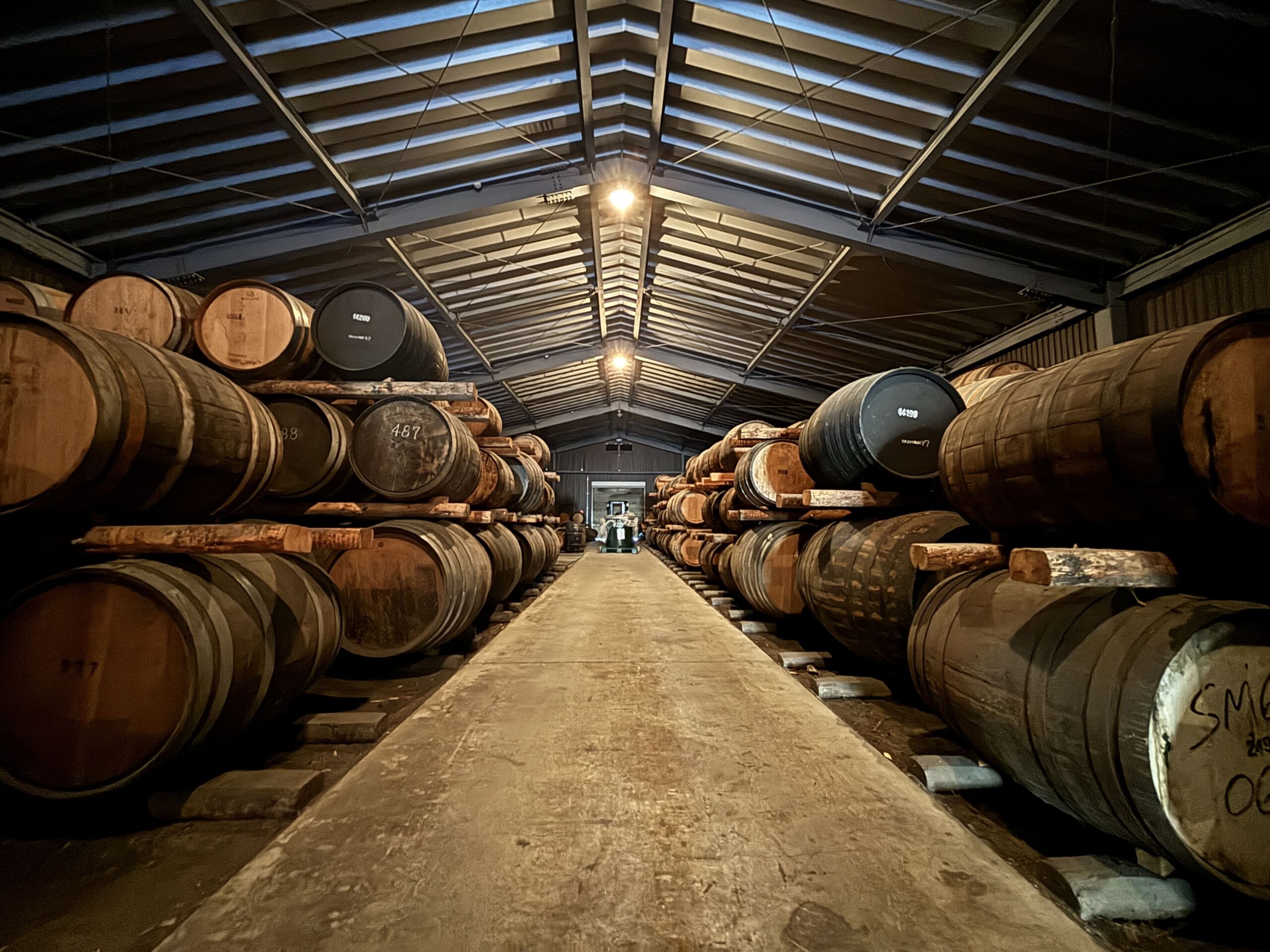Ogawa Washi Learning Center
experiences
Experience 1,300 Years of Washi Paper History
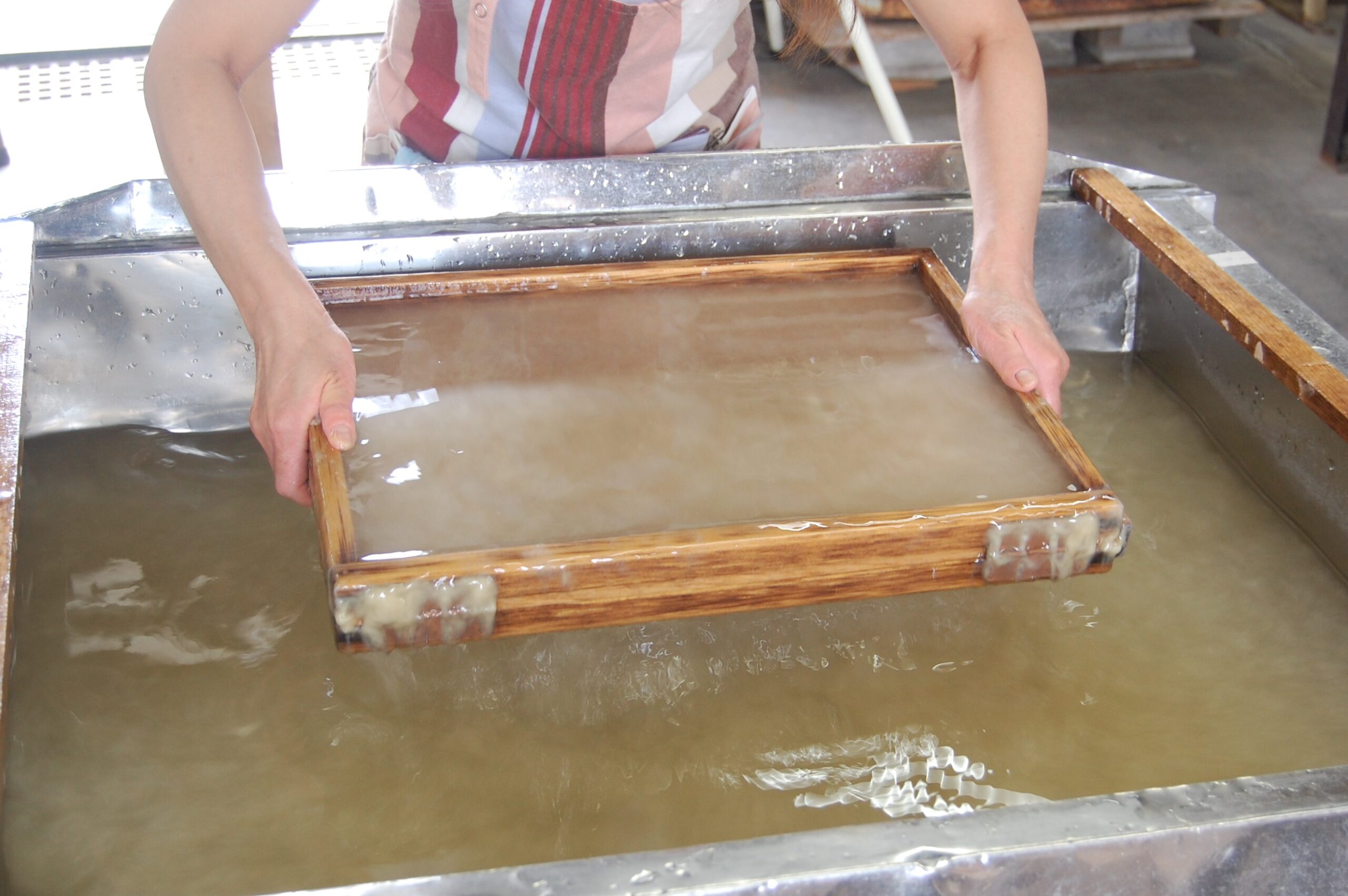
Each papermaking session is carefully guided by an experienced washi craftsperson. You’ll learn the fundamental techniques and use them to craft your own paper by hand, making for an unforgettable travel keepsake.
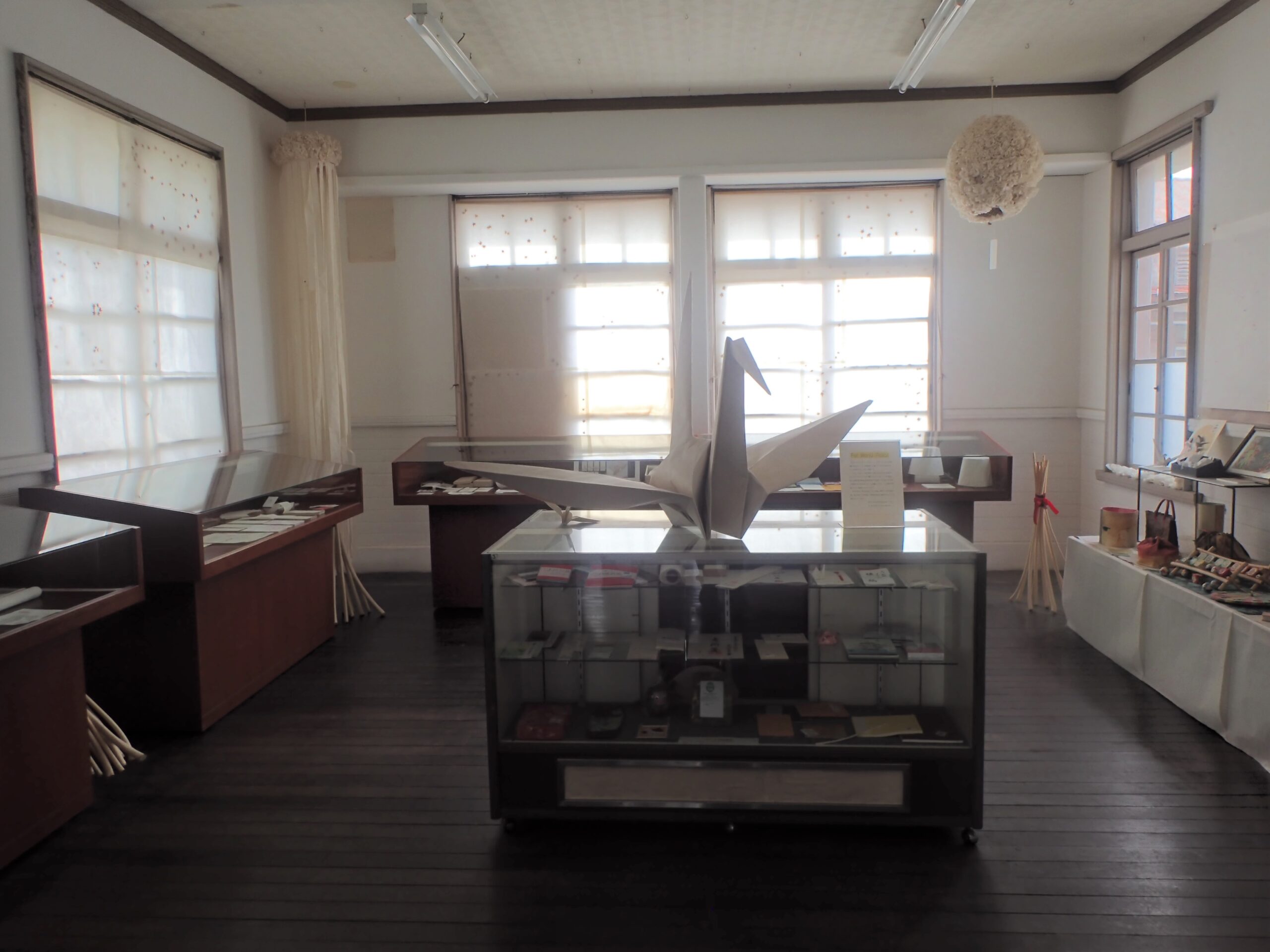
In the Exhibition Room, visitors can delve into the rich history of Hosokawa paper, designated a UNESCO Intangible Cultural Heritage. With a legacy dating back 1,300 years, washi is deeply ingrained in Japanese culture and serves various purposes, including art restoration. Learn the techniques, unchanged for centuries, and see the plant fibers used to make the paper. There are also artworks showcasing the versatility of washi through several creative expressions.
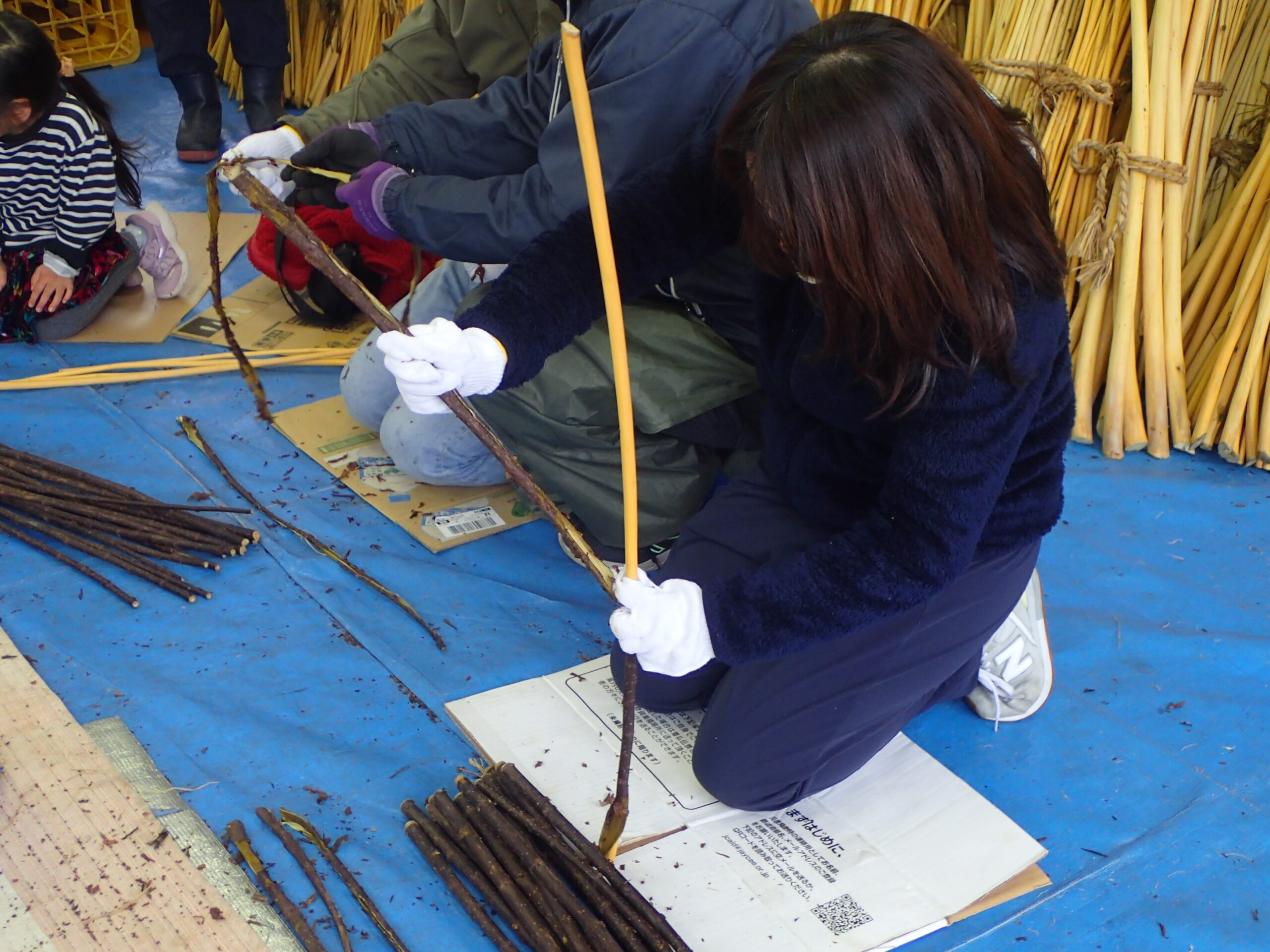
The raw material for washi is the bark of the Japanese paper mulberry, called “kozo” in Japanese. During the harvesting season (late November to January), visitors can observe craftspeople manually peeling and washing the bark at the Ogawa Washi Learning Center. You can also see other important processes, such as boiling bark to soften the fibers. If the timing aligns, we highly recommend witnessing these traditions firsthand.
Basic Information
Business hours / Fee
【1-Day Course】
Fee :¥5,000
Content : Classroom lecture (explanation of materials, etc.), plain mulberry paper (5 sheets), papermaking, iron plate drying, etc. (paper sourced from local mulberry trees)
Note : Completed paper can be taken home on the same day. In the case of a small number of applications, you may experience the course with other applicants.
【4-Day Course】
Fee :¥20,000 (generally conducted with a minimum of 3 participants)
Content : Classroom lecture (explanation of materials, etc.), plain mulberry paper (several sheets), large-sized paper (approx. 60 cm×91 cm, 2 sheets), mulberry tree preparation tasks, iron plate drying, etc.

